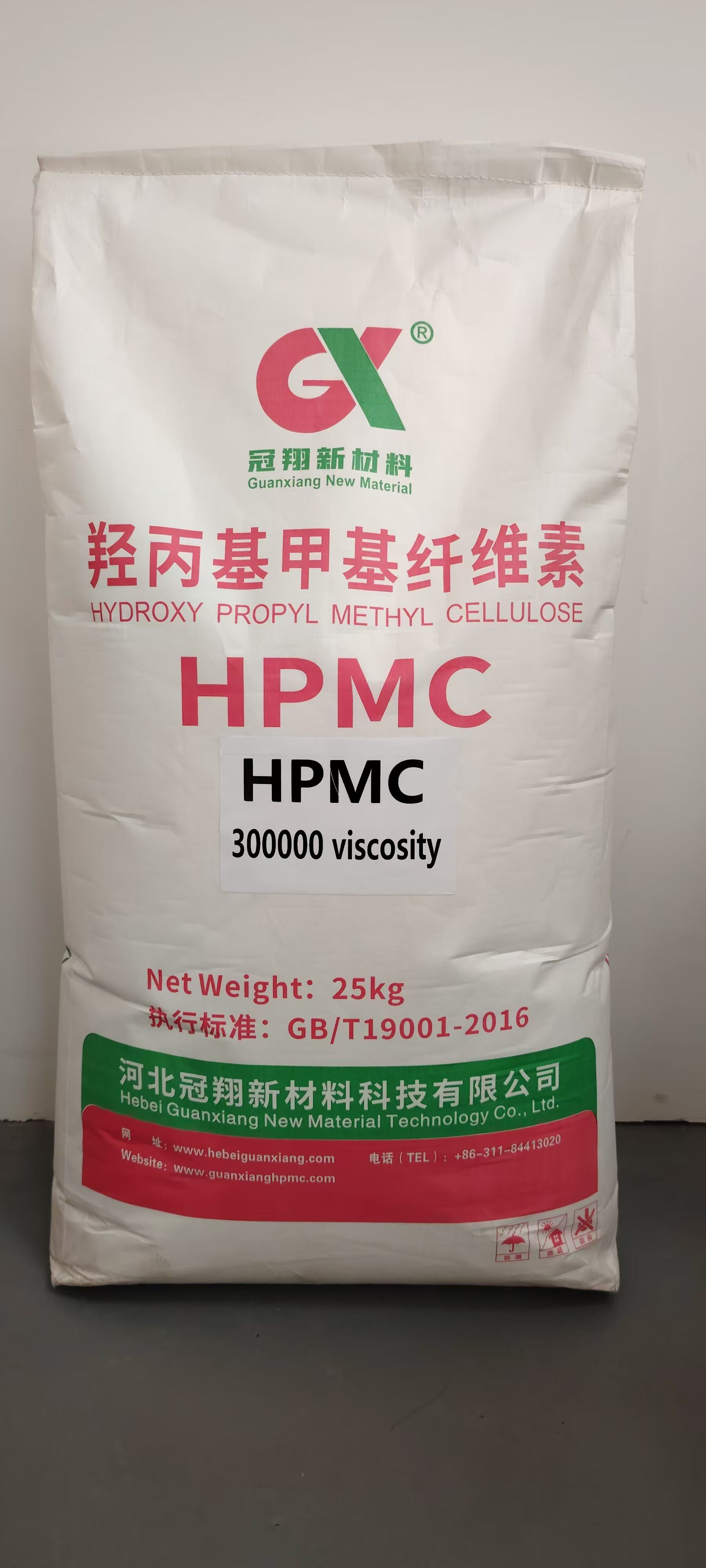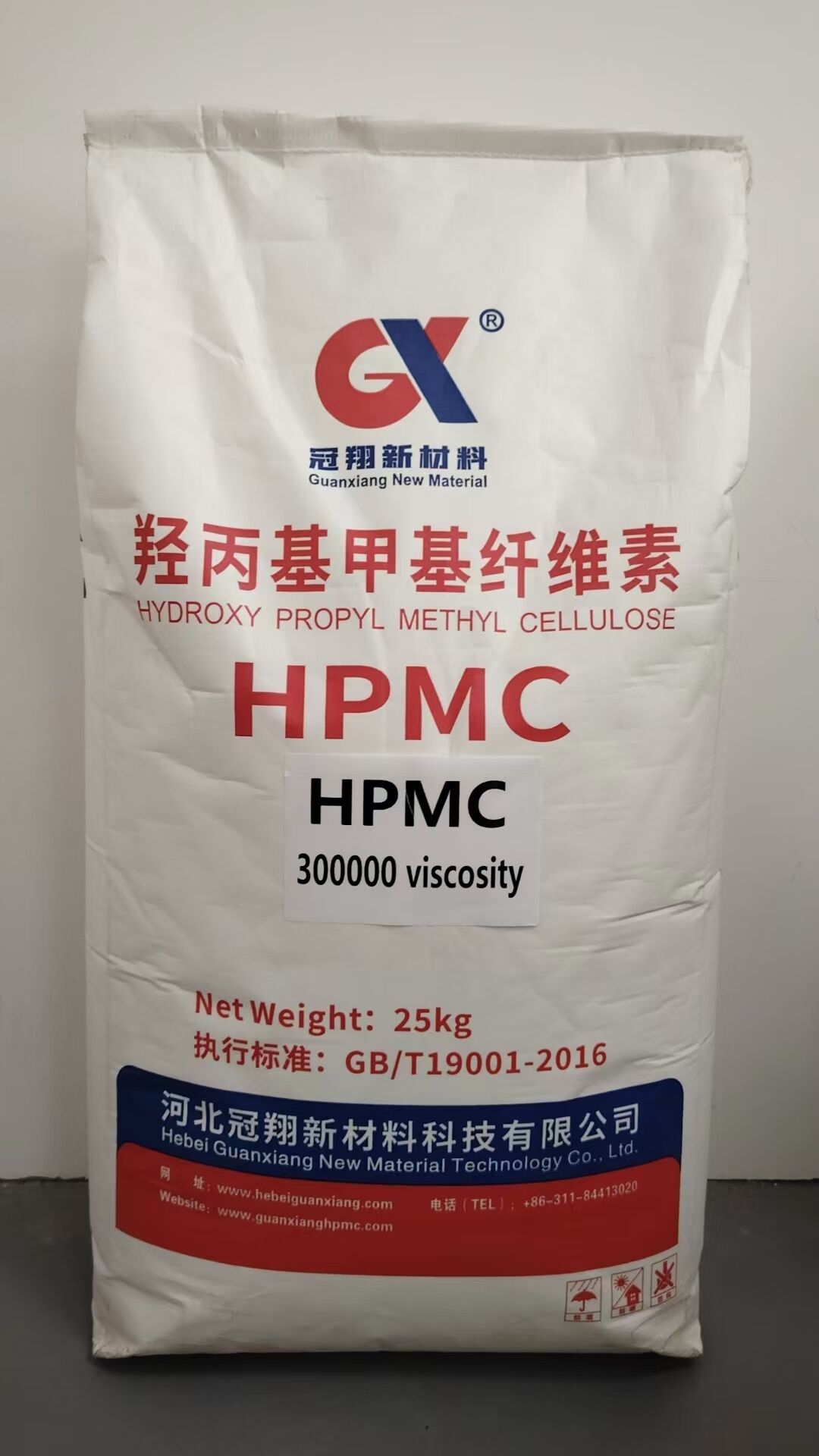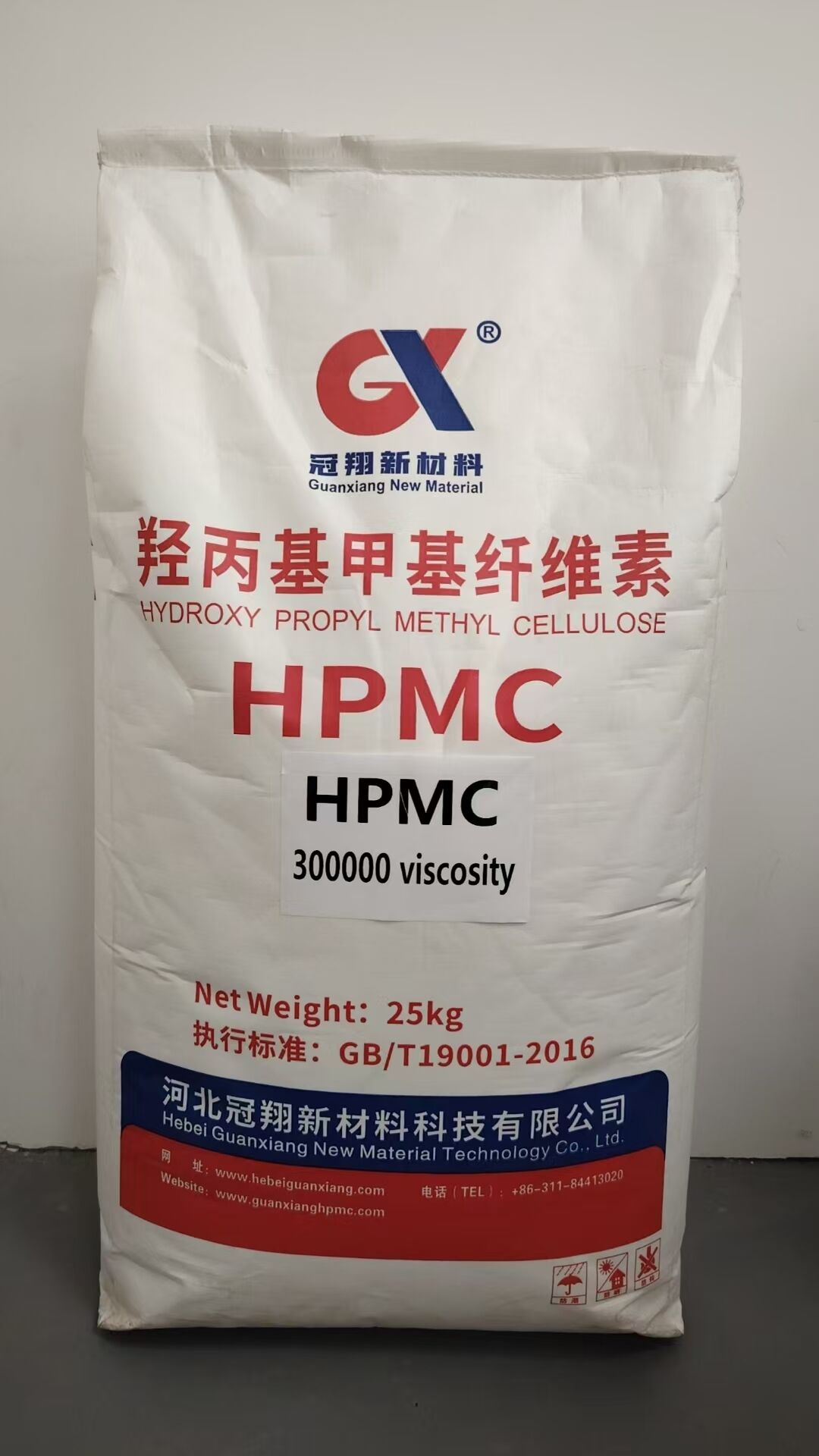hydroxypropyl methylcellulose used for
Hydroxypropyl methylcellulose (HPMC) is a versatile and widely used cellulose derivative that serves multiple functions across various industries. This semi-synthetic polymer combines the properties of both methylcellulose and propylene glycol, resulting in a compound with exceptional versatility. In pharmaceutical applications, HPMC functions as a controlled-release agent, coating material, and binding agent in tablet formulations. Its unique ability to form temperature-dependent gels makes it invaluable in drug delivery systems, ensuring consistent and controlled release of active ingredients. In the construction industry, HPMC serves as a crucial additive in cement-based materials, improving workability, water retention, and adhesion properties. The food industry utilizes HPMC as an emulsifier, stabilizer, and thickening agent, contributing to improved texture and stability in various food products. Its film-forming capabilities make it essential in personal care products and cosmetics, where it provides smooth texture and enhanced product stability. The compound's thermal gelation properties and excellent film-forming characteristics make it particularly valuable in modified release pharmaceutical formulations and various industrial applications.


